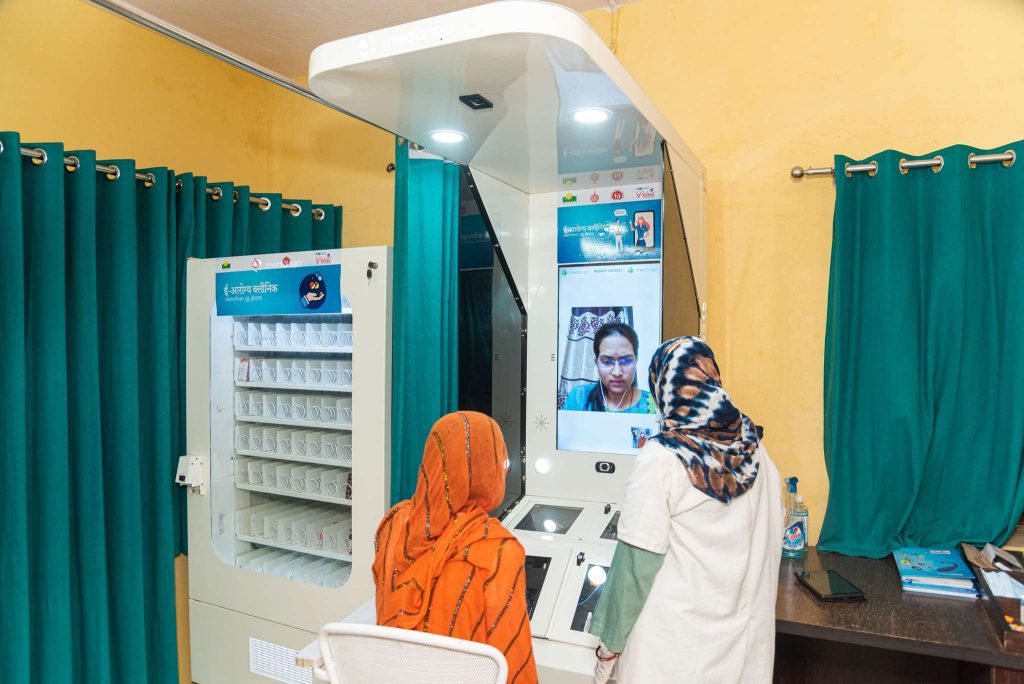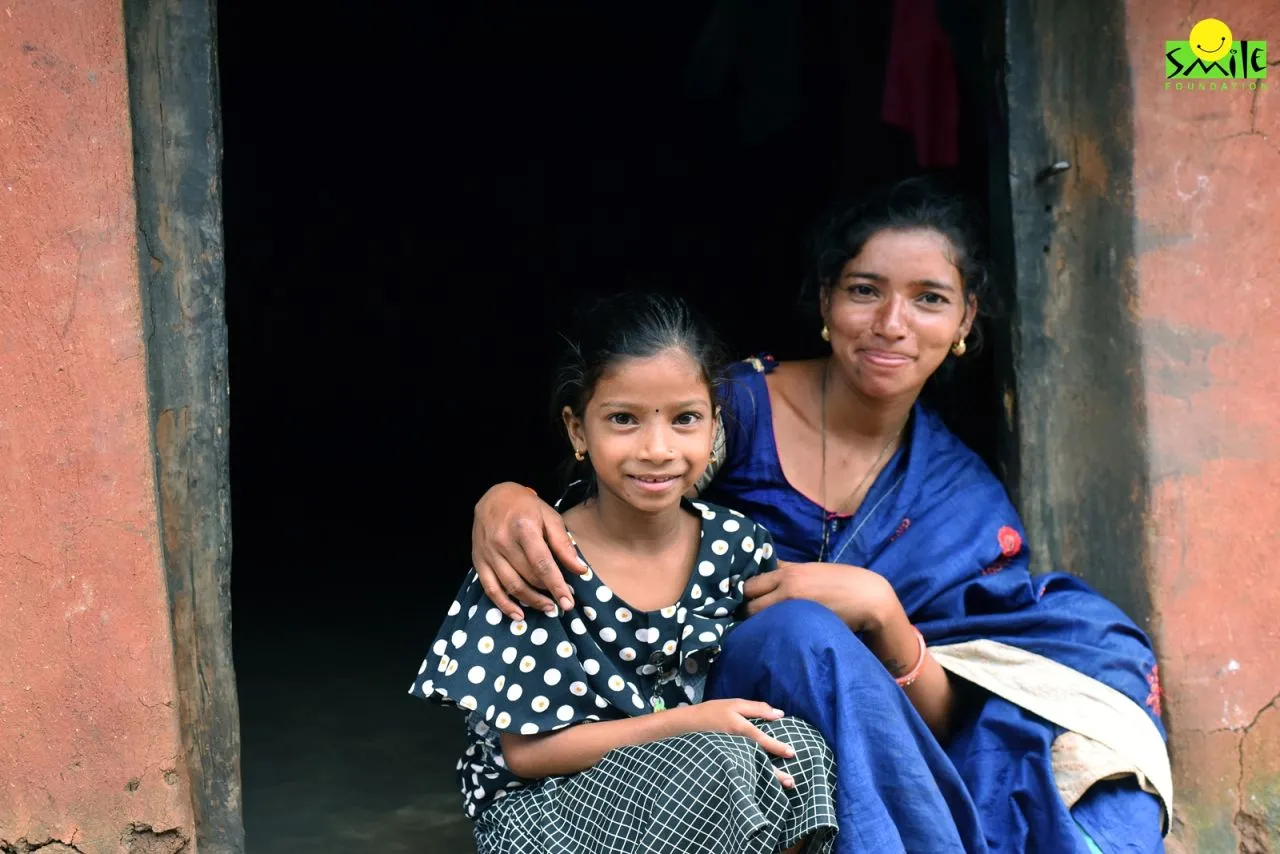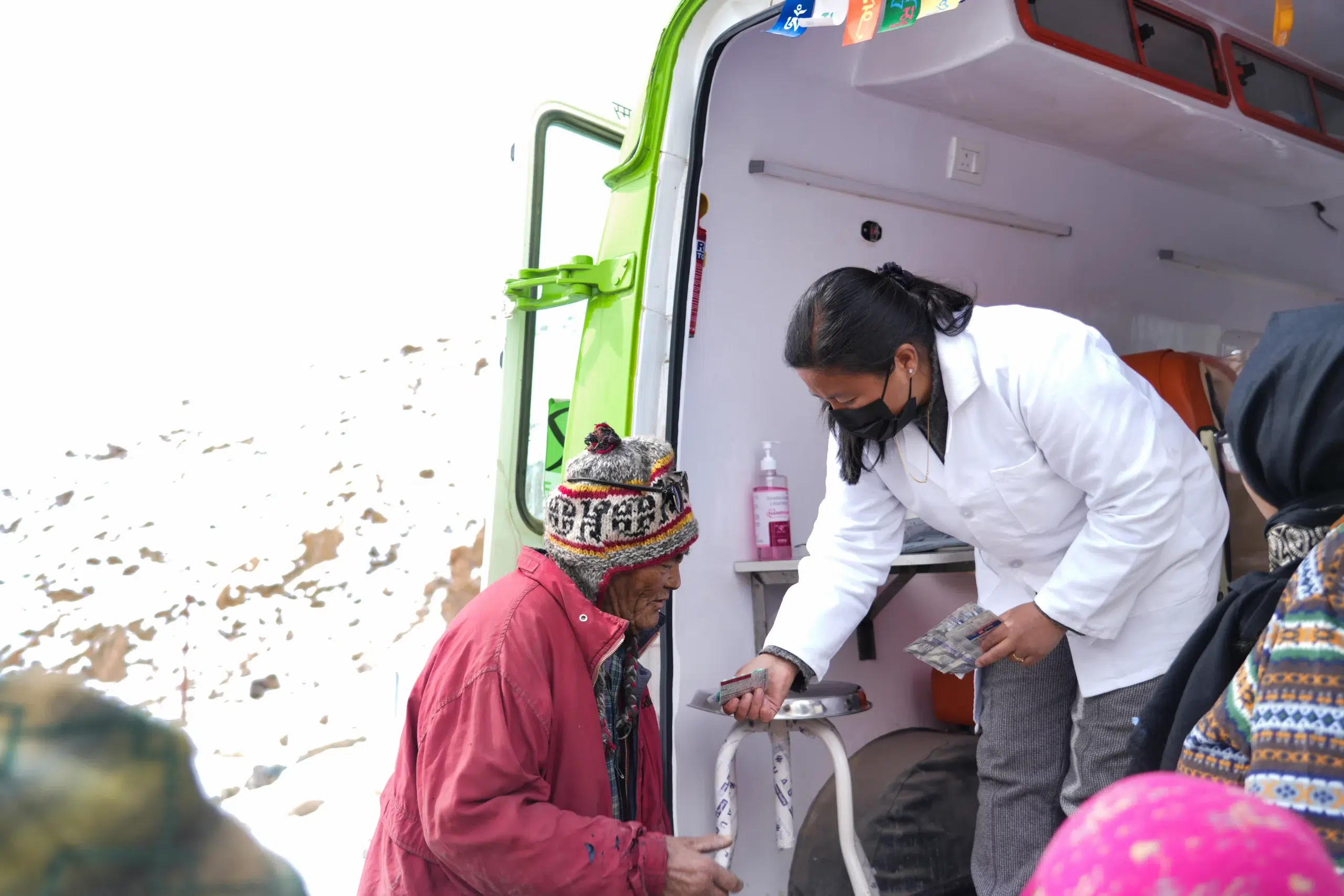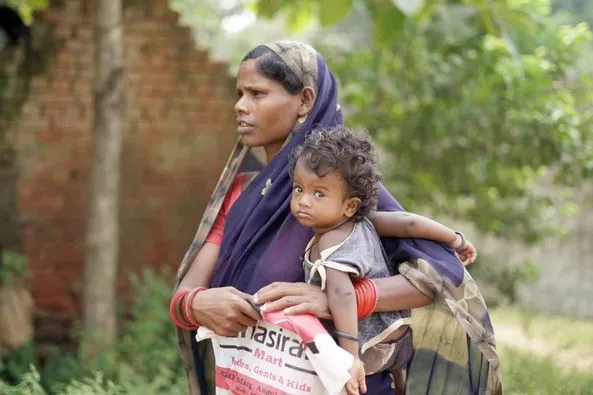Imagine someone living in a remote village of India, probably hundreds of kilometres away from a good-quality intensive care facility. What happens when they encounter an emergency? Since there are no intensivists in the local healthcare facility of their village, the only choice they are left with is to travel for hours, sometimes days, to reach a hospital where they can receive the necessary treatment.
However, there is a major challenge to this situation. In a severe case, this delay in receiving treatment can cause loss of life or other complications which could have been avoided by making the facility of an intensivist available in the patient’s village. Experts have pointed out the uneven distribution of healthcare professionals in rural and urban areas. Apart from this, in the absence of a live register for practicing doctors, it becomes difficult to know the accurate picture.
This is where telemedicine and tele-ICU facilities come in to bridge the gap. They enable a wider distribution of healthcare facilities by leveraging technology, lowering the burden on local facilities and providing necessary support to those living in rural and remote areas of the country.
Tele-ICUs enable an intensivist (a physician who specialises in the care and treatment of patients in intensive care) to monitor around 50-60 patients in multiple locations, compared to only 10-15 patients when the intensivist is at the bedside. This technology scales the scarce expertise of intensivists, making critical care more accessible.
What is Telemedicine?
While we have already spoken about it, let us try to understand what telemedicine is and how it functions. It is the remote delivery of medical services using technology. As discussed above, it helps in democratising the medical facilities and increasing accessibility. However, an often-overlooked aspect of telemedicine is its potential to reduce carbon footprint and helping the environment. Further, in this article, we will be focusing on this aspect of telemedicine and discuss its green gains.
Telemedicine and Carbon Footprint– A Case Study
A particular study conducted by the researchers at LY Prasad Eye Institute in Hyderabad found that 70-80 per cent of patients who were visiting the hospital for a check-up could easily receive the necessary support and guidance through teleconsultation because their problems were not as serious.
The study found that over a three-month period, teleconsultation led to 1,666 fewer kilometres of travel for patients and an average reduction of 176.6 kg of carbon dioxide emissions. These are figures the healthcare sector cannot afford to ignore. The healthcare sector in India emitted 74 million tonnes of carbon dioxide in 2014, around 3% of India’s total emissions of the gas that year. This figure is likely to have increased since then.
As we had discussed above the case of someone living in a remote part of the country, hundreds of kilometres away from a healthcare facility; for them to access support, they would have to travel the whole distance. This means carbon emissions which can be eliminated completely if telemedicine and teleconsultations are made available across the country.
It can be a gamechanger not just for these cases, but also for urban pockets where people can consult a doctor from the comforts of their home. In a country, where a huge amount of carbon emissions come from road traffic, this is a solution we cannot ignore.
Rise of Telemedicine in India and Globally
Telemedicine has proven particularly beneficial in rural areas, where access to healthcare is often limited. It has also been instrumental during the COVID-19 pandemic, allowing for continued healthcare delivery while minimizing the risk of virus transmission. The research paper, titled “Global evidence on the rapid adoption of telemedicine in primary care during the first 2 years of the COVID-19 pandemic: a scoping review protocol”, provides the evidence of rapid adoption of telemedicine in primary care facilities during the first two years of Covid-19 pandemic. The paper highlights that while the primary care was relying mostly on face-to-face consultations in the pre-pandemic era, it has now rapidly shifted to teleconsultations, making an important shift in the healthcare landscape.
One such case study is of the Veterans Health Administration (VHA) in the United States which has been at the forefront of adopting telehealth programmes. It has been found that their initiative has not only improved the accessibility drastically but has also helped in significant environmental benefits.
A study found that the VHA’s telehealth programme saved millions of miles of patient travel each year. This reduction in travel corresponds to substantial carbon emissions savings. Using an Environmental Protection Agency emissions calculator, it was estimated that these savings were equivalent to removing thousands of passenger vehicles from the road for a year.
Telehealth/Telemedicine Initiatives in India
Invested individuals, nonprofits, private companies and the state have been focusing extensively on technology as a problem-solving mechanism in different areas, and healthcare is no exception to this. Over the last one decade, several initiatives have been launched to increase accessibility, invariably helping in environmental gains.
e-Sanjeevani – Also known as the National Telemedicine Service of India facilitates quick and easy access to medical professionals and doctors through a smartphone. e-Sanjeevani operates in two modes: e-Sanjeevani AB-HWC and e-Sanjeevani OPD. The former is a provider-to-provider telemedicine system under the Ayushman Bharat Scheme, operating in a hub and spoke model. Health & Wellness Centres act as spokes linked with hubs set up in Medical Colleges/District-Level Hospitals, populated with doctors and specialists.
e-Sanjeevani OPD is a patient-to-doctor telemedicine system, enabling people to avail outpatient services from home. It aims to provide safe health services, bypassing avoidable elements such as travel, waiting time, and risk of infection. It has eased the burden on hospitals, allowing them to cater to more serious patients. In many states, eSanjeevaniOPD has enabled round-the-clock health services 365 days a year.
Challenges and Future Direction for Telemedicine in India
Despite its potential, the adoption of telemedicine faces several challenges. These include technological barriers, regulatory issues, and resistance from patients and providers. Addressing these challenges requires concerted efforts from all stakeholders, including policymakers, healthcare providers, and technology companies.
Particularly, for a country like India, where close to 70 per cent of the population lives in rural areas with minimal resources and financial support, implementing telemedicine facilities is highly-dependent on government intent and the initiatives by non-government organisations.
World Health Organization (WHO) has also come out with a comprehensive guide to assist countries in effective implementation of telemedicine services. The guide is not a stand-alone solution, but a complementary tool that works with user-cantered solutions to deliver high-quality remote care that is accountable and suitable to the context in which patients live.
It outlines practical steps countries can take through a process of planning, implementing, maintaining and budgeting a telemedicine programme to deliver equitable health outcomes. The guide also emphasises the importance of national digital health strategies underpinning all telemedicine interventions and includes leadership and governance, strategy and investment, infrastructure, legislation, policy and compliance, workforce, and services and applications.
Climate Change and Us
At the time of writing this article, data has shown that India is experiencing its longest and deadliest heatwave in a long time. Several parts of the country have been facing shortages of water, deaths of individuals due to heat-related complications, forest fires and much more.
Globally, the discourse around climate change is becoming more complicated as the world is realising the real and serious impact of it. Therefore, what we need today is for everyone to come together and fight this problem. We must focus more and more of our attention on shifting towards green energy and on reducing our carbon footprint. The telehealth and telemedicine initiatives can play a big role in this transition.
How You Can Help
Your support will help us more people by scaling up our projects related to telemedicine in India. By making a small donation to our healthcare programme, you can help us:
- Expand our telemedicine infrastructure to more remote and underserved areas.
- Provide training and support to healthcare professionals on the effective use of telemedicine tools.
- Ensure that patients, especially the elderly and the newborns, receive timely and quality medical care, regardless of their location or environmental conditions.
Together, we can build a resilient healthcare system that not only survives but thrives in the face of climate change. Your contribution can make a significant difference in the lives of countless individuals who rely on telemedicine for their healthcare needs.
Join us in this mission. Donate here today and be a part of the solution for a healthier, more resilient future. You and I this equally well that- Health Cannot Wait!









